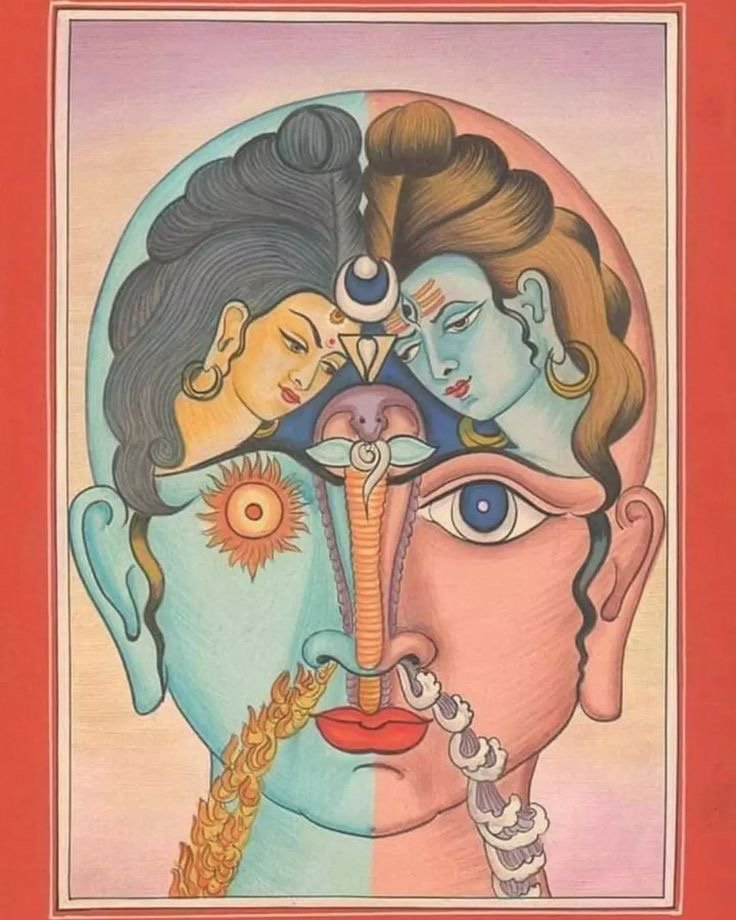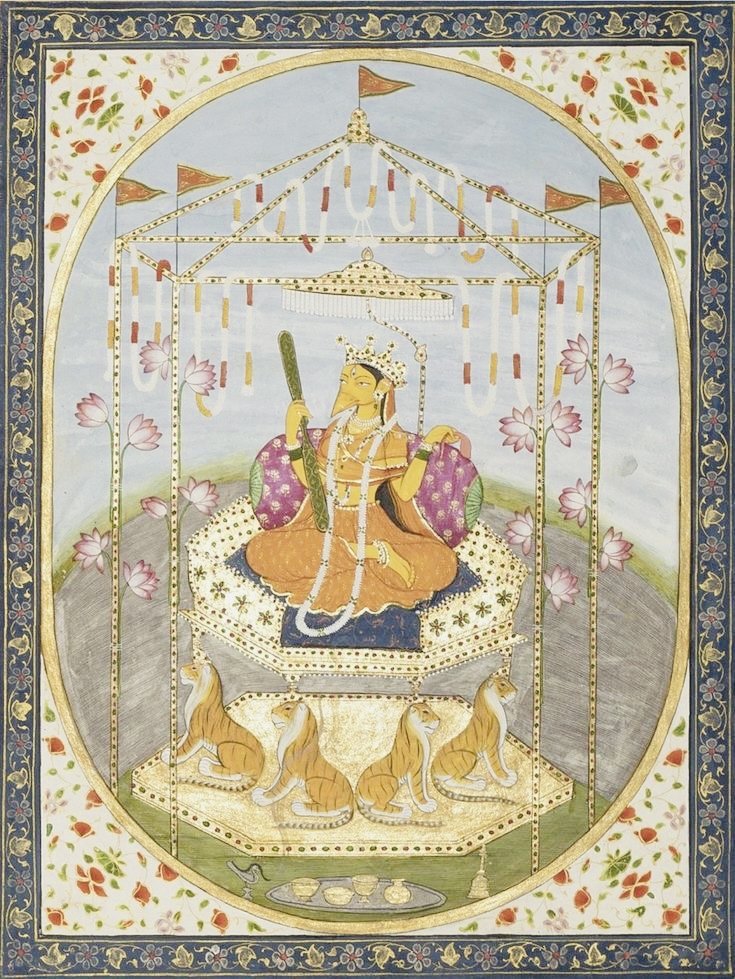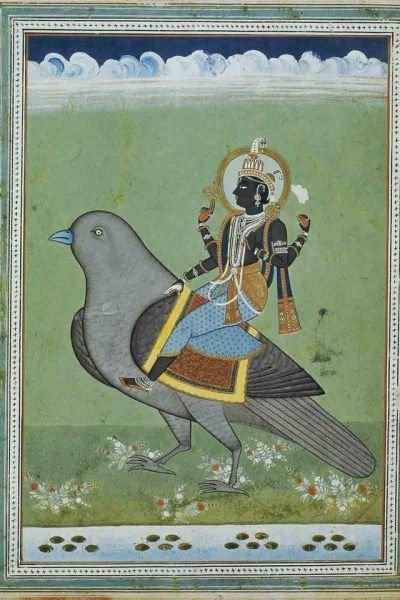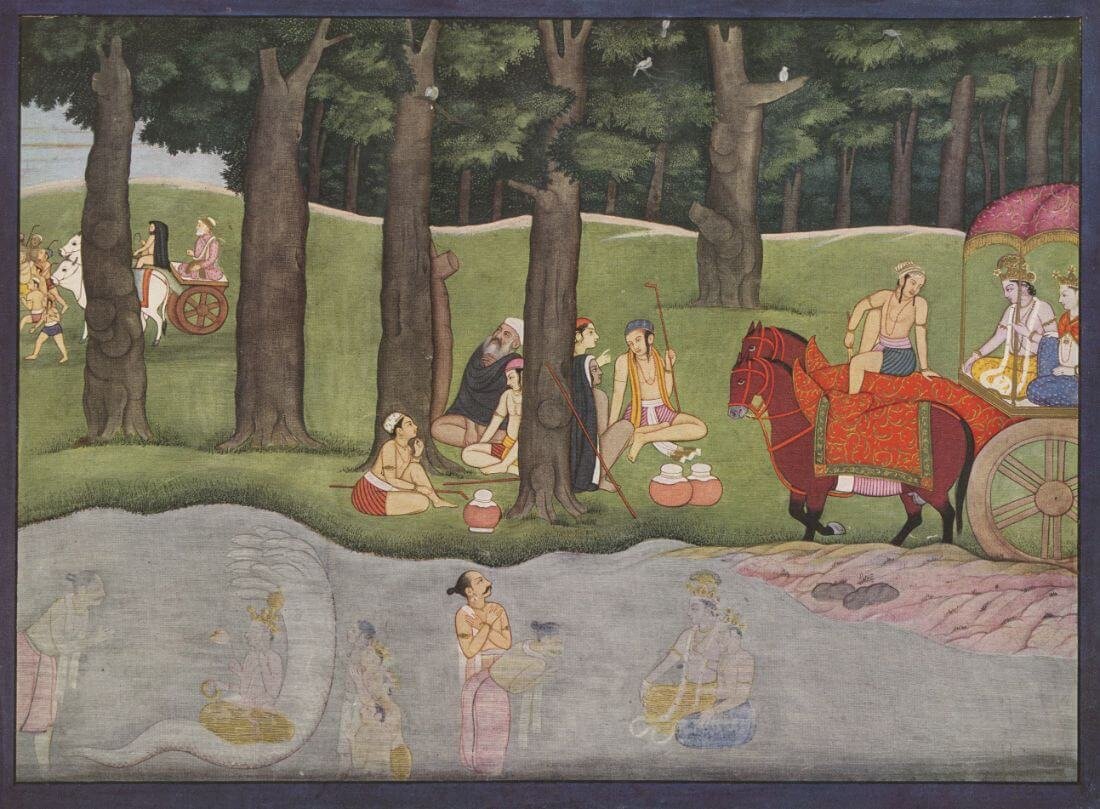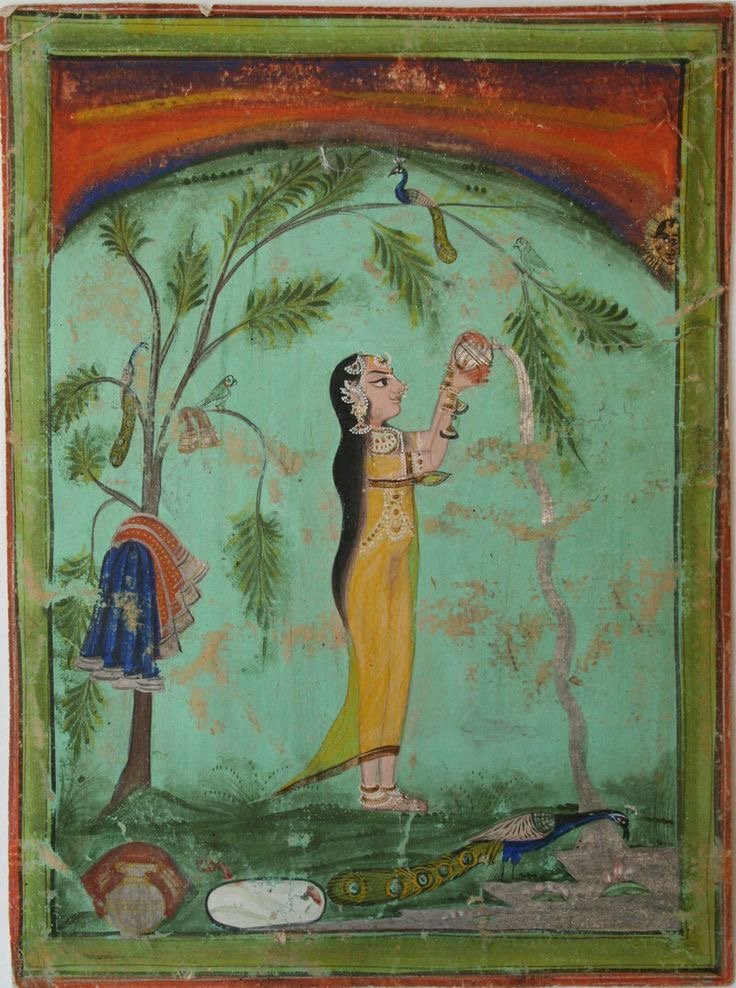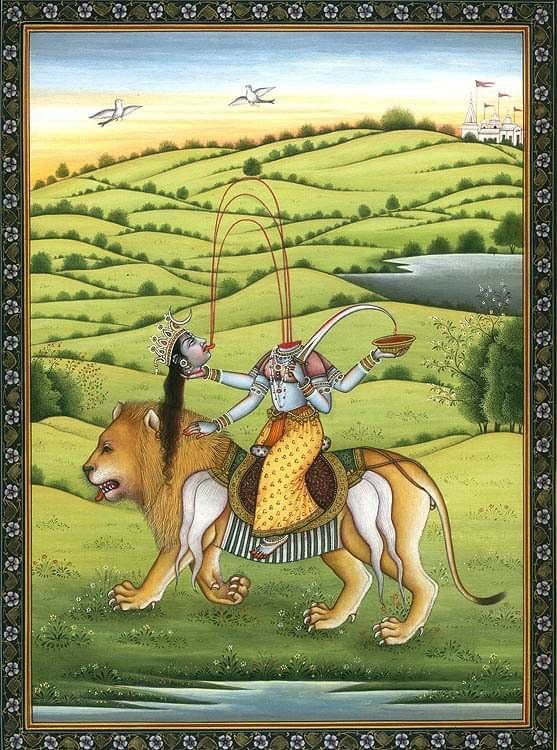11/16 5:29am Bali | 11/15 13:29 PST
Kārttik Pūrṇimā lands in the Vedic lunar mansion of Kṛttikā (कृत्तिका), the Star of Fire, also known as the star cluster Pleiades (Seven Sisters). With the New Moon in Svāti (Libra), we were invited to gather our focus and anchor into our inner stability. Now, with the Full Moon in Kṛttikā, we are invited to bear witness to our growth and step powerfully into a new aligned timeline.
Fifteen days after the grandeur of Dīpāvali, Dev Dīpāvali unfolds on Kārttik Pūrṇimā, a sacred occasion commemorating Lord Śiva’s triumph over the demon Tripurasura, a powerful symbol of the eternal victory of good over evil. In Varanasi, it is believed that the gods descend to bathe in the Ganges, and the ghats are illuminated with countless lamps, casting a divine glow over the sacred river.
This Full Moon ignites a time of initiation and renewal. Just as fire has the power to burn away the old and make space for the new, this lunar mansion invites us to shed our limitations and embrace the fiery essence within us.
Saturn’s retrograde period has illuminated lessons around what we truly value, and Kṛttikā awakens the precision necessary to pierce deeper into any remaining burdens we may still be carrying, and the power to burn them away.
Kṛttikā holds the power to purity, burning away the old self to bring about the new. This transformation takes place through Agni, the god of fire, who presides over this constellation. You are likely being confronted with pressure and discomfort in some area of your life, encouraging you to shift.
The same fire that burns can also be used to assimilate experience into wisdom and transmute food into usable energy. Just like the goat, the animal medicine for this Nakṣatra, who consumes without considering the consequences, and is later presented with all that has been taken in —you may soon find yourself faced with a situation that demands you to confront certain truths about what you've been 'taking in' — whether experiences, habits, or emotional baggage.
Purification isn’t always easy or comfortable, yet it is the inherent energy that provokes growth and change. We are unaware of our shadows until we begin to increase our light. As our inner light intensifies, our shadows begin to shift, loosen, and eventually dissolve. Though the process may feel unsettling, any symptoms or discomfort that arise are signs that purification has already occurred — much like dust stirred into the air after a surface has been cleaned.
Agni (fire) is that original creative spark, with its power to burn and scorch — it is always consuming. Similar to ghee placed in the havan kuṇḍ during a yajña (Vedic fire ritual) to fulfill desires, this Nakṣatra desires a fertile vessel for cultivating stability, prosperity, and the realization of material goals.
We cannot purify or sit in tapas (austerity) without fueling our inner fire. Agni, the transformative flame, cannot burn without nourishment—whether ghee or the offerings of our dedication. This yearning for growth is harmonized by the cool embrace of amṛta (divine nectar), the fullness of Soma — that receptive and magnetic force which nurtures Agni's intensity, balancing its scorching energy and guides the manifestation of our deepest creative desires.
The Star of Fire is associated with Lord Murugan (Kārttikeya), the God of War, who wields a spear and rides a peacock, symbolizing courage, strength, and transformation. This symbology serves as a reminder that growth often requires us to break through barriers and step out of our comfort zones. It urges us to embrace change, challenge our limiting beliefs, and embark on a journey of self-discovery. The spear symbolizes the cutting away of what no longer serves us, making space for new beginnings and expansion.
What would it take for you to sit with the vulnerability you’ve been shying away from and take a deeper look into yourself? Truth will not only shine light on the process, it will also burn away and sever ties with that which is not contributing to your progress.
I invite you to pause beneath the Full Moon to reflect — to meditate and sit as the witness to observe what comes forward. There is a powerful timeline shift as the door of Saturn's retrograde, which was wide open, now closes and a new beginning awakens.
The past couple of weeks have brought many crystal-clear realizations and code upgrades to the surface. For many, this experience was accompanied by a strong sense of overwhelm, the urge to distract oneself from the pressure, or even the attempt to close out the current timeline with urgency.
Utilize this threshold wisely, taking time to bear witness to what is moving through and unfolding within you. Take note of all that has been presenting itself, all that you’ve been learning over the past weeks and months. Over the next week, what feels present today will begin to stabilize, integrate, and fade into the background.
The essence of practice is to show up with presence, to fully engage with what is unfolding, and to stabilize the experience of the self through awareness. Through consistent effort, we nurture our inner fire, guiding us toward greater self-realization.
All my Relations
To book a private consultation, please visit: Jyotish Consultations
God speaks to each of us as he makes us,
then walks with us silently out of the night.
These are the words we dimly hear:
You, sent out beyond your recall,
go to the limits of your longing.
Embody me.
Flare up like a flame
and make big shadows I can move in.
Let everything happen to you: beauty and terror.
Just keep going. No feeling is final.
Don’t let yourself lose me.
Nearby is the country they call life.
You will know it by its seriousness.
Give me your hand.
- Rainer Maria Rilke



